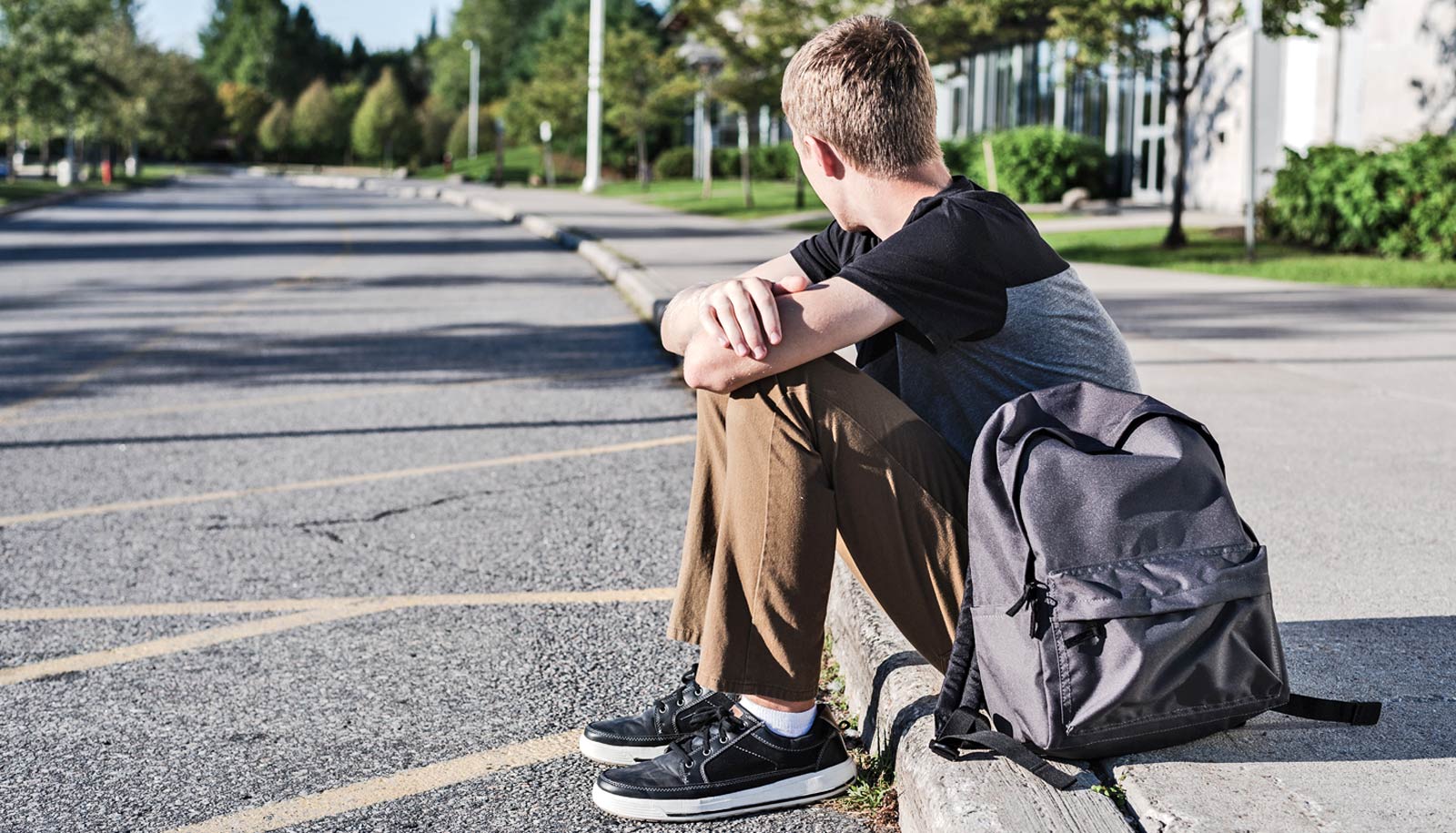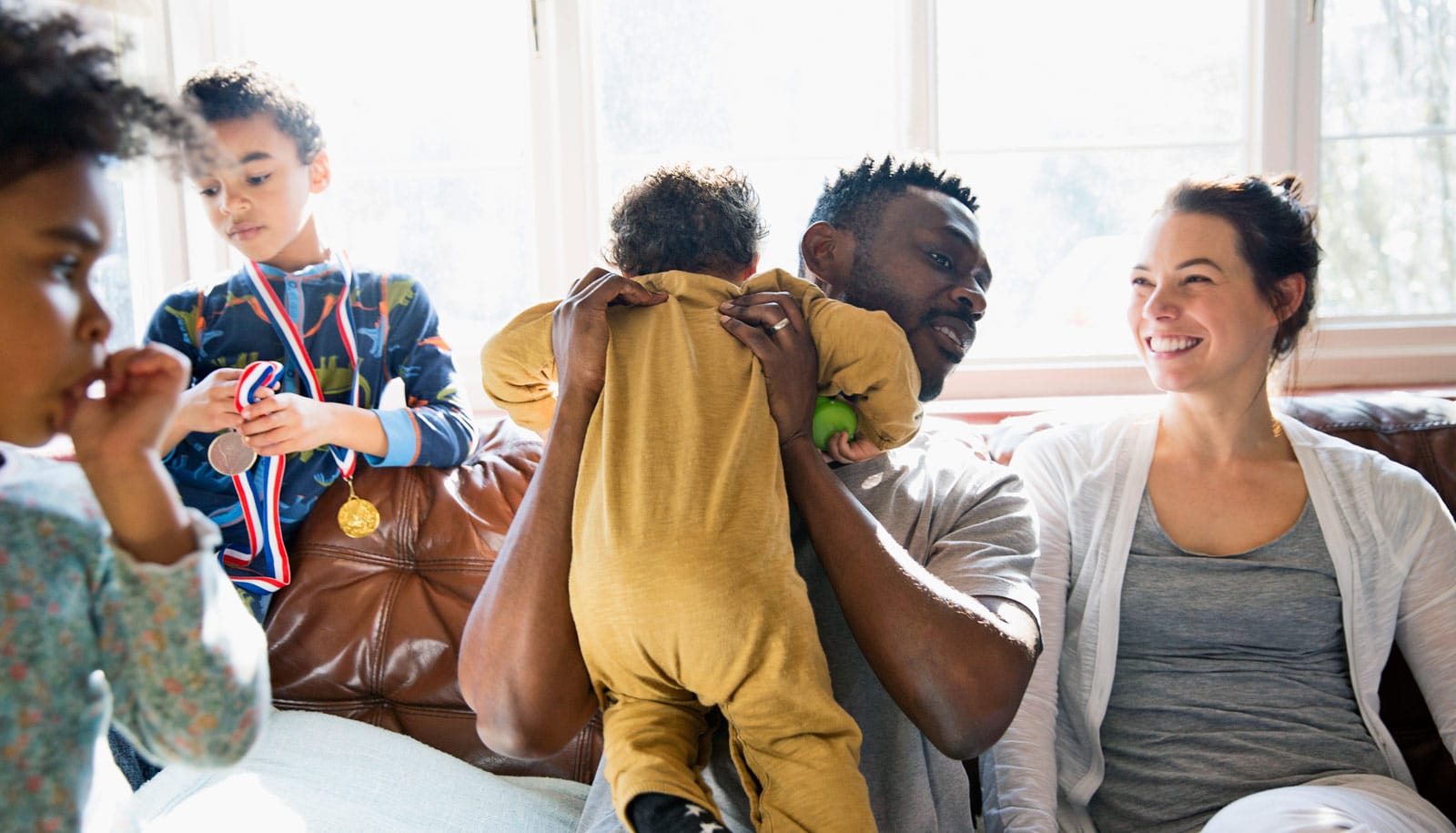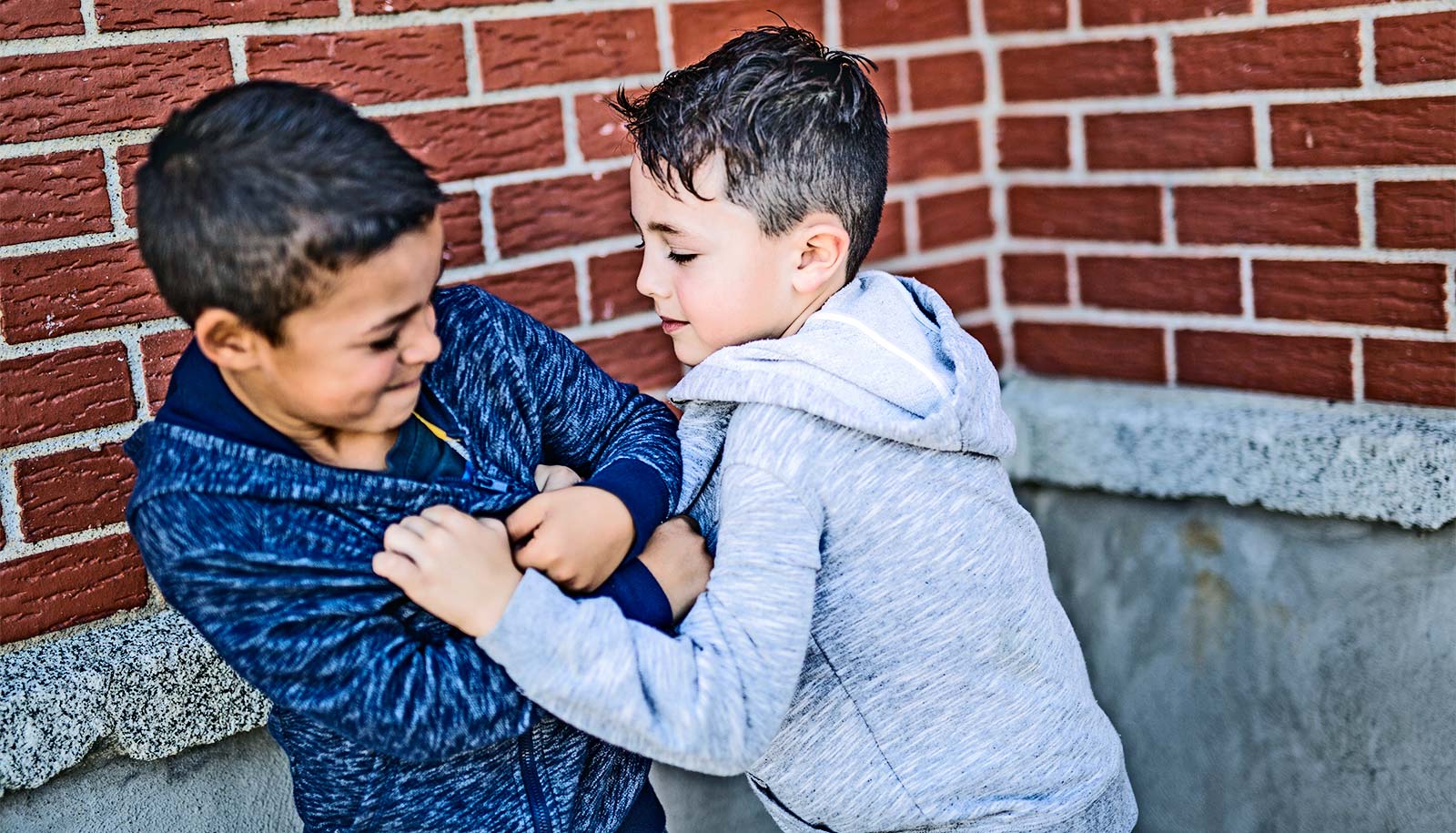Teenagers with more equitable gender attitudes—feeling that boys and girls deserve equal opportunities and respect—have lower odds of reporting violent behaviors, a recent study finds.
Teenage boys who witness their peers abusing women and girls are much more likely to bully and fight with others, as well as behave abusively toward their dates, compared to teenage boys who don’t witness such behaviors, according to the analysis.
The results appear in the American Journal of Preventive Medicine.
“The Me Too Movement brought to light how pervasive sexual violence and derogatory behavior toward women is in our society,” says lead author Elizabeth Miller, professor of pediatrics, public health, and clinical and translational science at the University of Pittsburgh Medical Center.
“Our findings highlight the wide-ranging impact that witnessing sexual harassment and dating violence has on our teenage boys, and present an opportunity to teach adolescents to challenge negative gender and social norms, and interrupt their peer’s disrespectful and harmful behaviors.”
“These behaviors aren’t happening in silos—if we’re going to stop one, we need to also be addressing the other.”
This study is the first to gather information from US male adolescents in community-based settings, rather than schools or clinics, about multiple types of violence, including bullying and sexual harassment, and the role of gender norms and peer behaviors.
Miller and her team surveyed 866 13- to 19-year-old boys at after-school programs, libraries, churches, and other youth-serving organizations in 20 lower-resource Pittsburgh neighborhoods. The teens completed the surveys anonymously between August 2015 and June 2017 as part of a larger study evaluating the effect of a prevention program to reduce sexual violence. Of the teens, 70% identified as African American and 21% as Hispanic, multiracial, or “other.”
Of the 619 boys who had ever dated, 1 in 3 reported using abusive behavior toward someone they were dating in the previous 9 months. Sexual harassment, whether dating or not, was also common, with 485, or 56%, saying they’d engaged in such behavior. And 587, or 68% of the respondents, said they’d been in physical fights, or threatened or injured someone with a weapon.
Boys who said they’d witnessed their peers engaging in two or more of nine different harmful verbal, physical, or sexual behaviors toward women and girls—such as making rude or disrespectful comments about a girl’s body—had 2 to 5 times higher odds of engaging in a variety of violent behaviors, some having nothing to do with women or dating.
“This reinforces that pressure to conform to stereotypes about masculinity that perpetuate harmful behaviors toward women and girls is also associated with getting in a fight with another guy,” says Miller, who is also director of the Division of Adolescent and Young Adult Medicine at UPMC Children’s Hospital of Pittsburgh. “These behaviors aren’t happening in silos—if we’re going to stop one, we need to also be addressing the other.”
Interestingly, the research team did not find that teens who reported having more gender equitable attitudes were any less likely to engage in homophobic teasing, something three-quarters of the survey respondents endorsed.
“It’s a puzzling and troubling finding. We believe it may be because these teens have normalized homophobic teasing—it is so commonplace, they may see it as a form of acceptable, possibly even pro-social, interaction with their peers,” says Alison Culyba, assistant professor of pediatrics in the Division of Adolescent and Young Adult Medicine at UPMC Children’s Hospital of Pittsburgh. “This study illustrates the need for cross-cutting prevention strategies that address multiple aspects of youth violence.”
As part of their study, this team of researchers are evaluating a sexual violence prevention program called Manhood 2.0. Miller has also conducted research on a program called Coaching Boys into Men that guides middle and high school coaches in talking with their male athletes about stopping violence against women and girls. Both Manhood 2.0 and Coaching Boys into Men involve reinforcing more equitable gender attitudes and increasing the number of youth who intervene when witnessing peers’ disrespectful behavior.
Coauthors of the study are from the University of Pittsburgh Medical Center Children’s Hospital, the University of Pittsburgh, the University of North Carolina at Chapel Hill, the Centers for Disease Control and Prevention, Promundo-US, and the Population Council.
The CDC funded the work.
Source: University of Pittsburgh



